Top Things to Know Before Buying the Easiest Houseplants
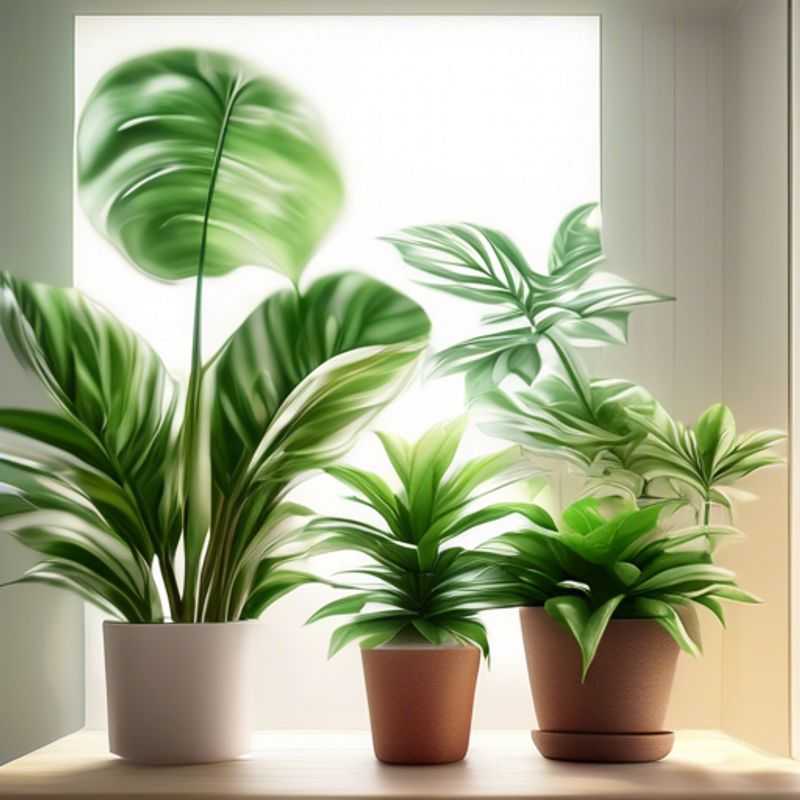
The Green Thumb's Guide: 7 Essential Things to Know Before Buying Easy Houseplants
Ah, houseplants.
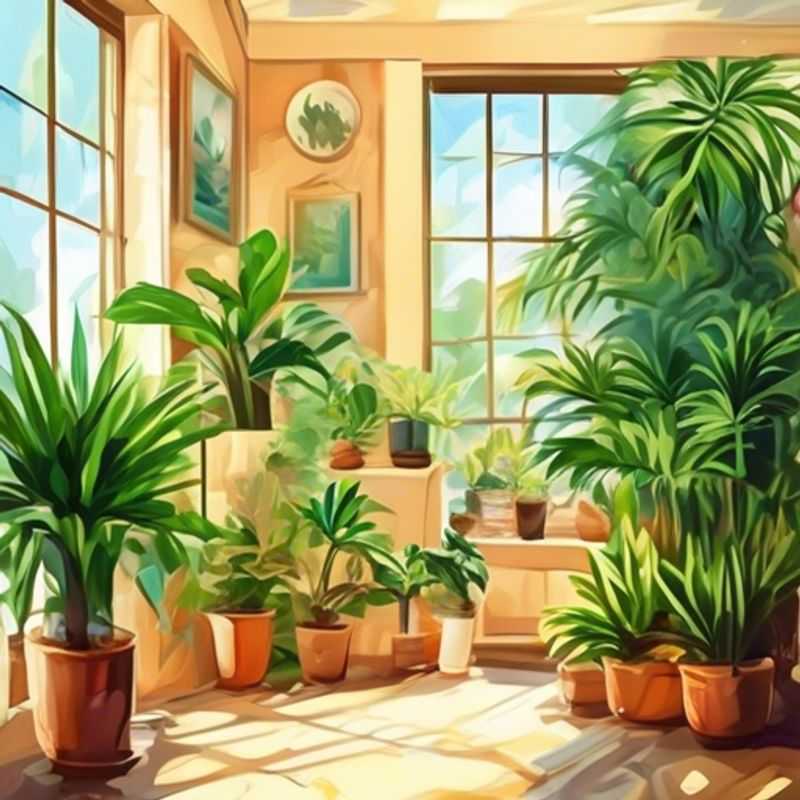
Sunlight Symphony: How to Determine Your Home's Solar Exposure
Determining the amount of sunlight your home receives is crucial for various reasons, from maximizing energy efficiency to planning landscaping and even assessing the potential impact of solar panels. Here's a concise guide to help you understand your home's sun exposure:
Start with observation: The most basic method is to simply observe your home throughout the day. Note when different rooms receive direct sunlight and how long that sunlight lasts. Consider the seasons, as the sun's angle changes throughout the year.
Utilize online tools: Numerous free online tools, such as Google Earth and SunCalc, can provide detailed sun path visualizations for your location. These tools can show you the sun's position at various times throughout the year, helping you determine the amount of sunlight your home receives.
Consult a professional: For more accurate and detailed information, consider consulting a solar energy consultant or an architect. They can perform site surveys and utilize specialized software to provide comprehensive sun exposure reports, often for a fee. This information can be valuable when planning home renovations, landscaping, or installing solar panels.
Factor in surrounding structures: Remember that trees, buildings, and other structures can significantly impact your home's sunlight exposure. Consider the location of these obstructions and how they might affect your home's sun exposure at different times of the day and year.
Remember, these are just starting points. Further research may be required based on your specific needs and location. Understanding your home's sunlight exposure can be a valuable asset for making informed decisions about your property.
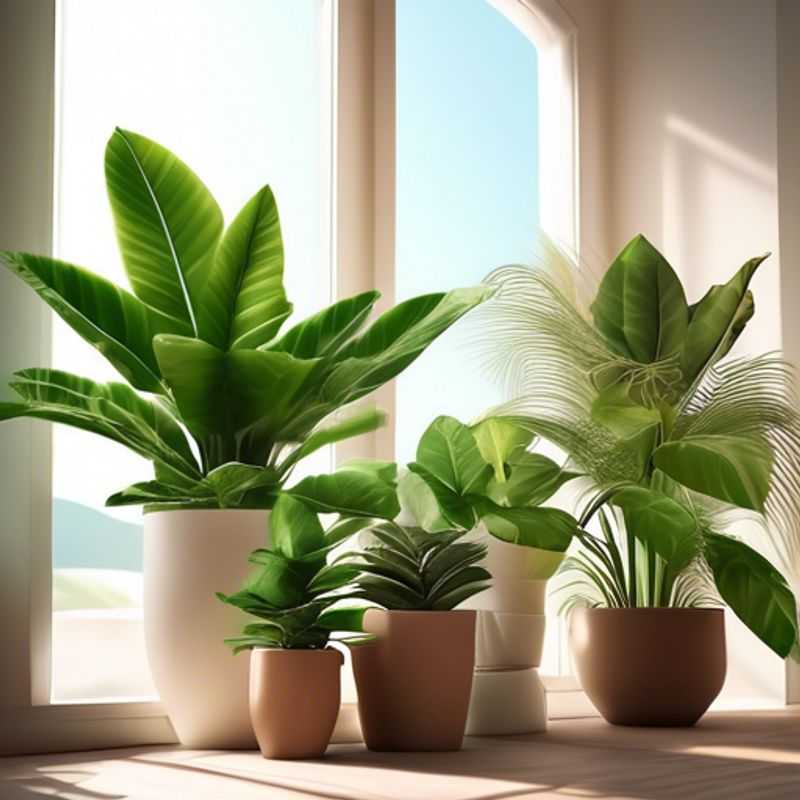
Low-Maintenance Gardening: Choosing Plants That Thrive Without Fuss
Want to add some greenery to your life but don't have a green thumb? Choosing low-maintenance and easy-to-care-for plants is the way to go! These resilient plants can thrive with minimal effort, making them perfect for busy individuals or those new to gardening.
When selecting these plants, consider your environment: light levels, temperature, and humidity are crucial. Some plants thrive in bright light, while others prefer shade. You'll also want to check for pest resistance, as some plants are naturally more resilient than others.
To simplify your plant care, choose plants that require minimal watering and are drought-tolerant. For these, succulents, cacti, and snake plants are excellent choices. These plants store water, making them very forgiving of occasional neglect.
When it comes to soil, look for well-draining mixes to prevent root rot. Consider using pots with drainage holes. Lastly, don't forget to fertilize your plants occasionally to ensure they receive the necessary nutrients. Choosing low-maintenance plants is just the first step; a little bit of care goes a long way in keeping them healthy and happy.
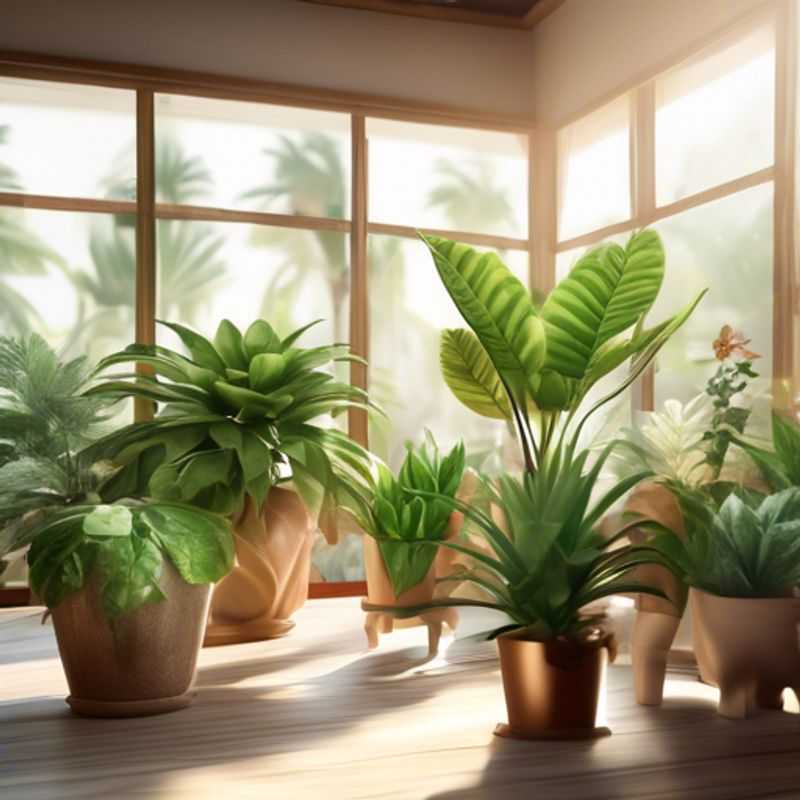
Living Room Jungle: Choosing Plants That Fit Your Space
When choosing plants for your home, it's crucial to consider the size of your living space. Larger plants, like palm trees, can dominate a small room, making it feel cramped. Smaller plants, on the other hand, can get lost in a spacious living room.
Think about the height, width, and overall dimensions of the plants you're considering. Measure the available space where you plan to place them. Allow enough room for the plant to grow and mature without feeling cramped.
Also, consider the growth habit of the plant. Will it sprawl, climb, or remain compact? Vining plants, like ivy, can quickly take over a small area. Trees will need more space than smaller shrubs or flowering plants.
When in doubt, consult a local garden center or nursery for expert advice. They can help you choose plants that are the right size for your living space and meet your specific needs.
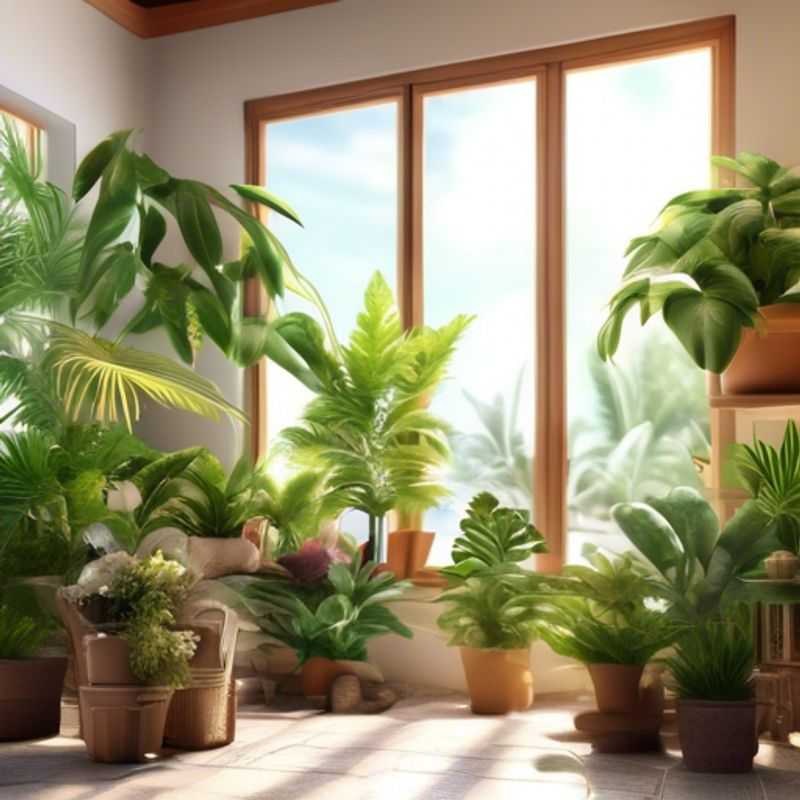
Pet-Friendly Plants: Choosing Safe Greenery for Your Furry Friends
If you share your home with furry companions, choosing pet-friendly plants is crucial. Many common houseplants can be toxic to pets, leading to unpleasant and potentially dangerous health issues. Always research a plant's toxicity level before bringing it into your home, especially if you have cats or dogs.
There are several resources available online and at your local veterinarian's office to help you identify safe plants. The ASPCA has a comprehensive list of toxic and non-toxic plants for both cats and dogs. When in doubt, it's always best to err on the side of caution and choose a plant known to be safe.
Some popular pet-friendly options include: spider plants, snake plants, cast iron plants, and African violets. These plants are not only safe but also relatively easy to care for, making them ideal for both novice and experienced plant parents.
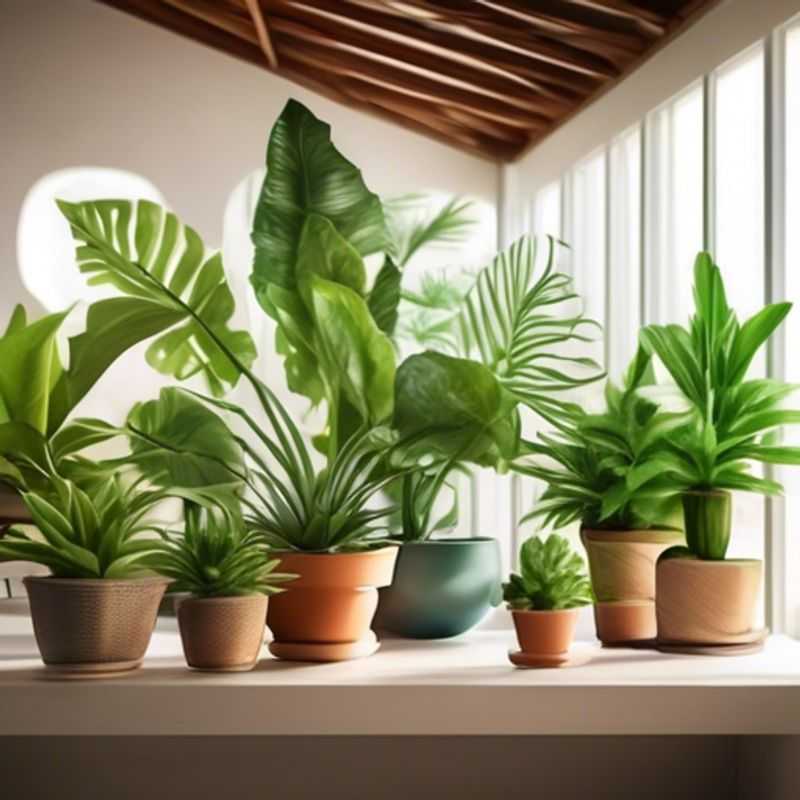
Watering Wisdom: A Guide to Houseplant Hydration
Understanding your houseplant's watering needs is crucial for their well-being. Every plant has its unique preference. Overwatering can lead to root rot and fungal diseases while underwatering can cause wilting and even death.
The first step is to research the specific species of your plant. Websites, gardening books, and even plant labels often provide information about their watering needs. Look for keywords like "water frequency," "watering schedule," or "watering tips."
Consider the environment your plant is in. Factors like temperature, humidity, and light exposure all influence how quickly soil dries out. For instance, a plant in a sunny window will need more water than one in a dimly lit corner.
The 'touch test' is a helpful indicator of watering needs. Stick your finger about an inch into the soil. If the soil feels dry to the touch, it's time to water. If it feels moist, wait a bit longer.
Don't water based on a set schedule, as every plant is different. Pay attention to the plant's signals - drooping leaves, dry soil, or a change in leaf color all indicate potential dehydration.
Watering deeply is better than frequent shallow watering. Allow the water to drain through the drainage holes at the bottom of the pot. This ensures the roots receive adequate moisture.
Experiment and adjust. Keep a log or journal to track your watering habits and your plant's responses. This will help you fine-tune your watering routine over time.
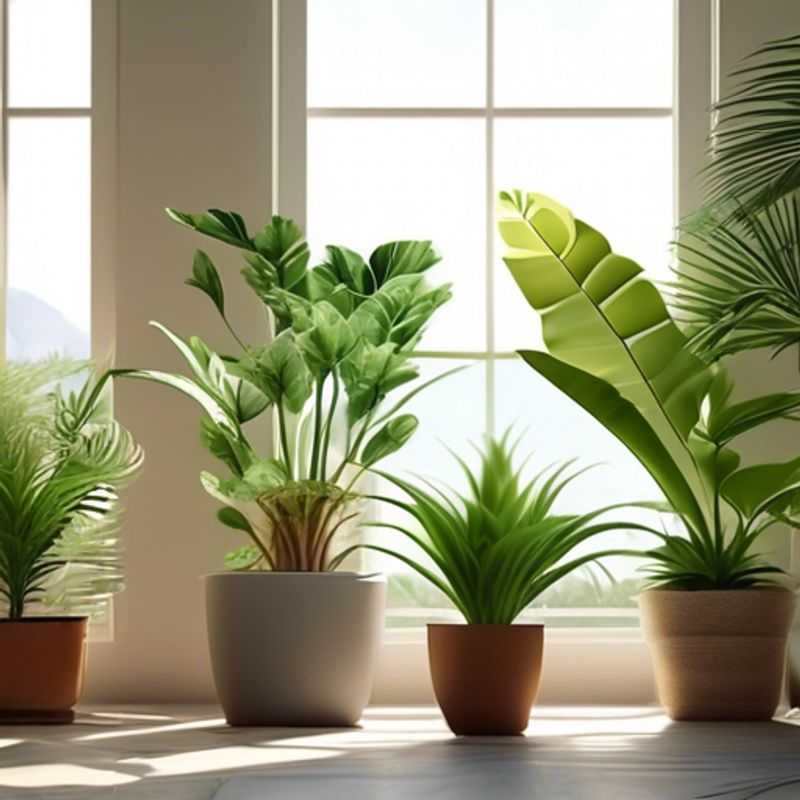
Unlocking Plant Happiness: The Perfect Potting Soil and Drainage Recipe
The right potting soil and drainage are vital for your plants' health and growth. Choosing the appropriate potting mix is crucial for providing the necessary nutrients, aeration, and moisture retention. A well-draining potting mix, with good aeration and drainage, is essential for healthy root development and to prevent root rot. Look for mixes labelled as "all-purpose" or "potting soil", which are typically suitable for a wide variety of plants. You can adjust the mix based on your plant's needs, adding perlite or vermiculite for better drainage, or peat moss for improved moisture retention.
Drainage is equally important. Excess water can lead to root problems and fungal diseases. Ensure your pots have drainage holes to allow excess water to escape. You can also add a layer of gravel or pebbles at the bottom of the pot for additional drainage. By providing the appropriate potting soil and ensuring good drainage, you can create the ideal environment for your plants to thrive.
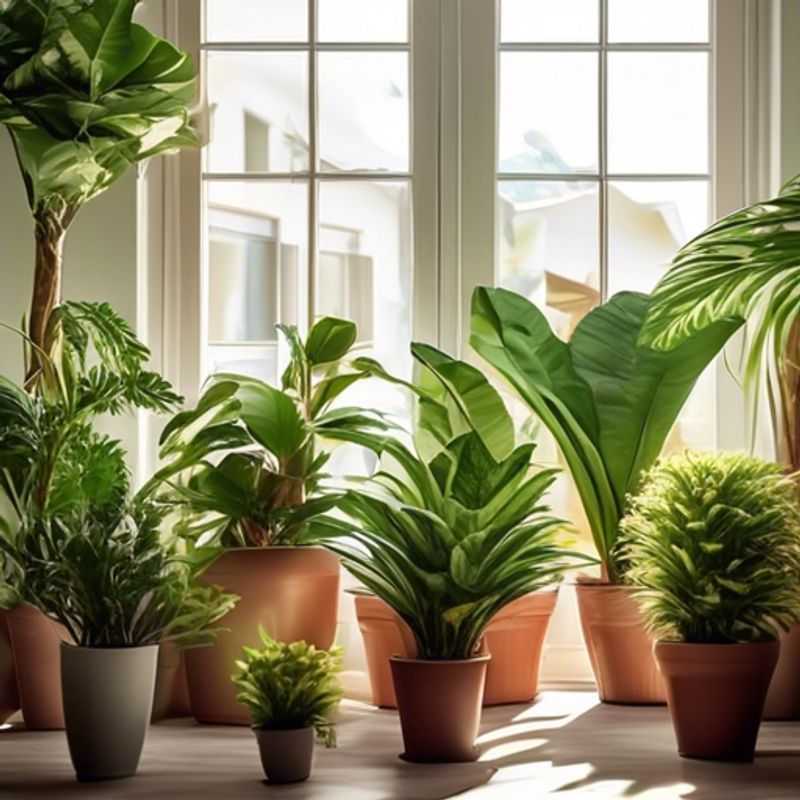
Green Thumbs Up: Mastering the Art of Pruning and Trimming Your Houseplants
Pruning and trimming your houseplants is essential for promoting healthy growth and maintaining their shape. While it might seem daunting, it's a simple process that can be done with a few basic tools and some knowledge.
Firstly, identify the type of plant you have, as different species require different pruning methods. Some plants, like succulents, don't need much pruning, while others, like ferns, benefit from regular trimming.
The best time to prune is typically during the growing season, when the plant is actively producing new growth. This helps encourage bushier growth and promotes flowering.
Use sharp, clean tools, such as pruning shears, to make clean cuts. Avoid tearing or crushing stems, as this can leave the plant vulnerable to disease.
When pruning, remove any dead, diseased, or damaged leaves and stems. You can also pinch back the tips of stems to encourage branching.
Finally, be mindful of the plant's natural shape. Some plants have a naturally symmetrical form, while others are more free-flowing. Don't be afraid to experiment with pruning to achieve the desired look.
Remember, pruning is a form of plant care that helps promote healthy growth and enhance the beauty of your houseplants. By following these simple guidelines, you can keep your plants thriving for years to come.
